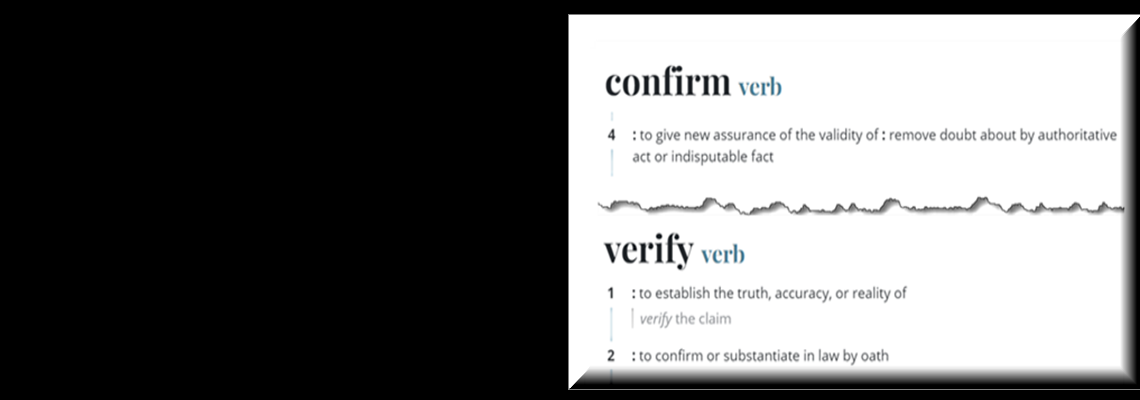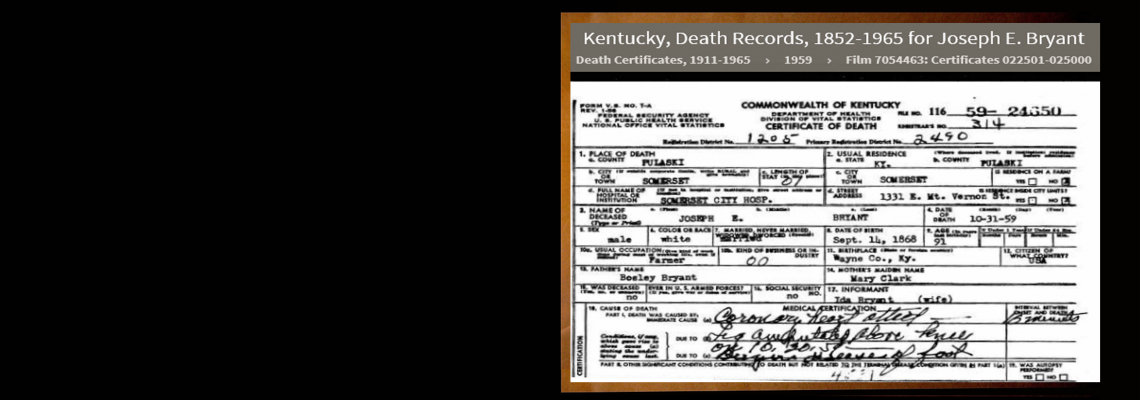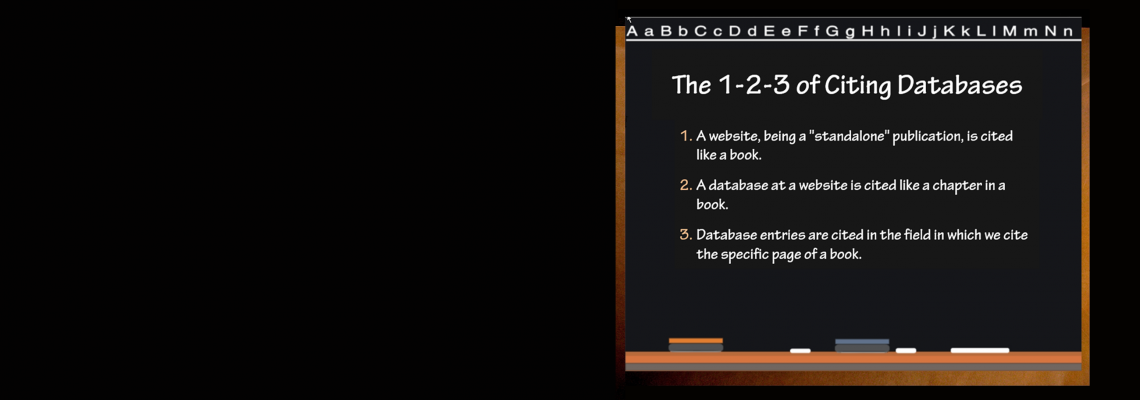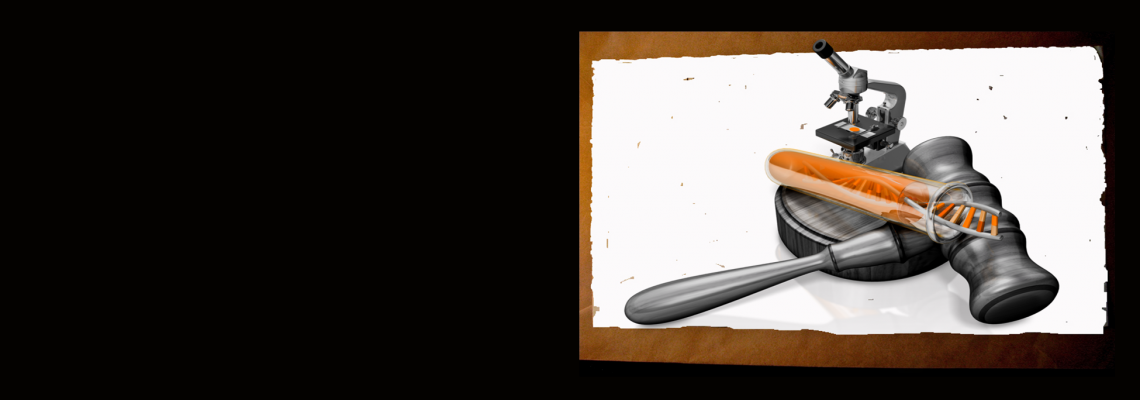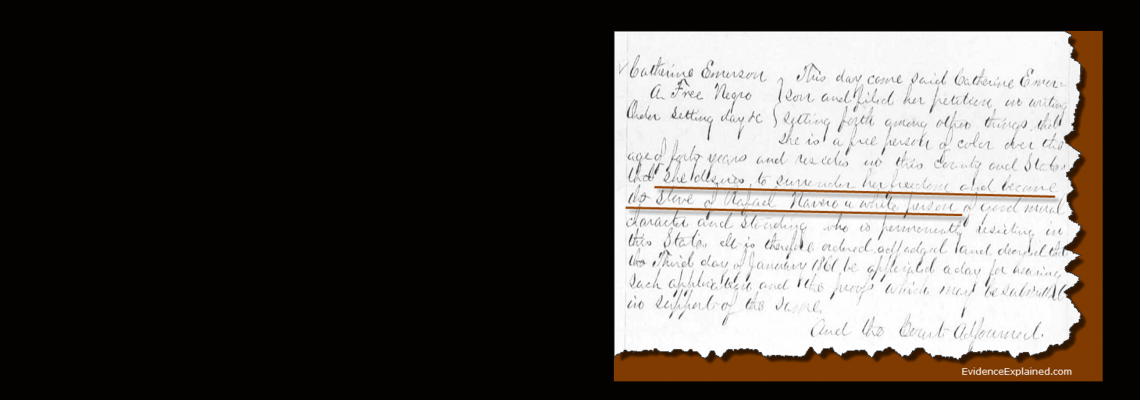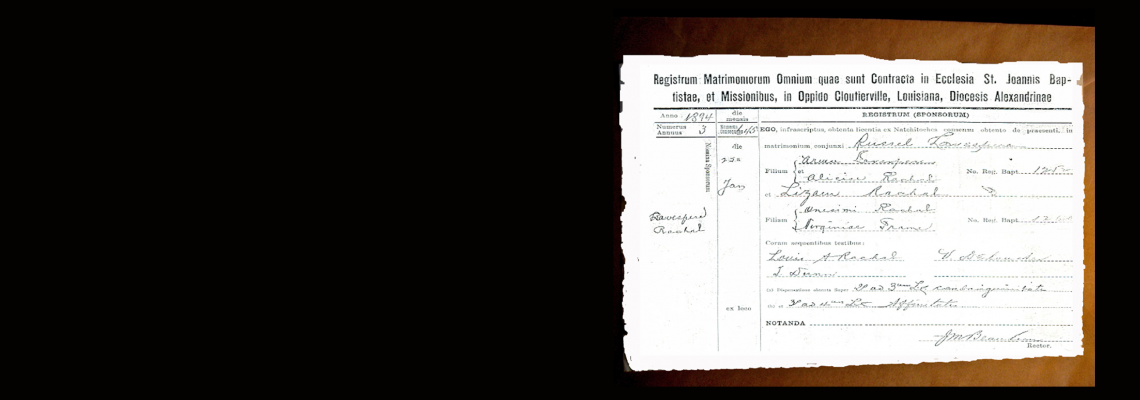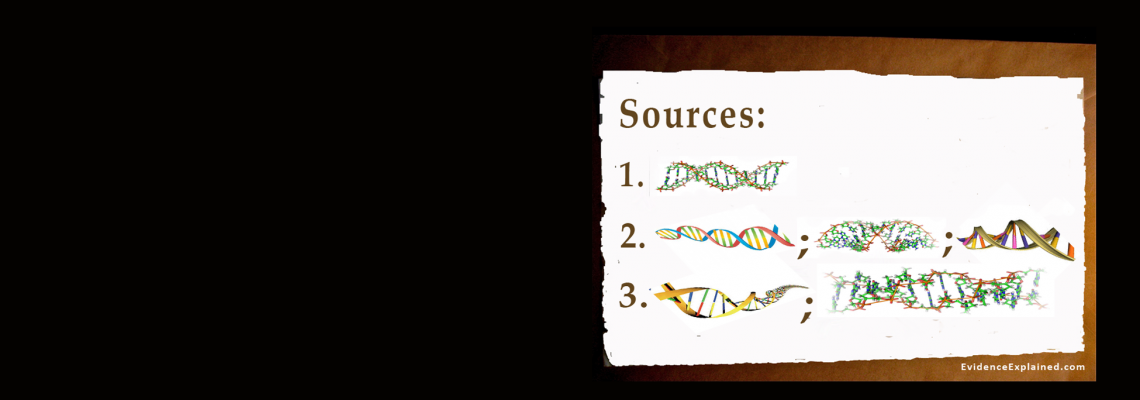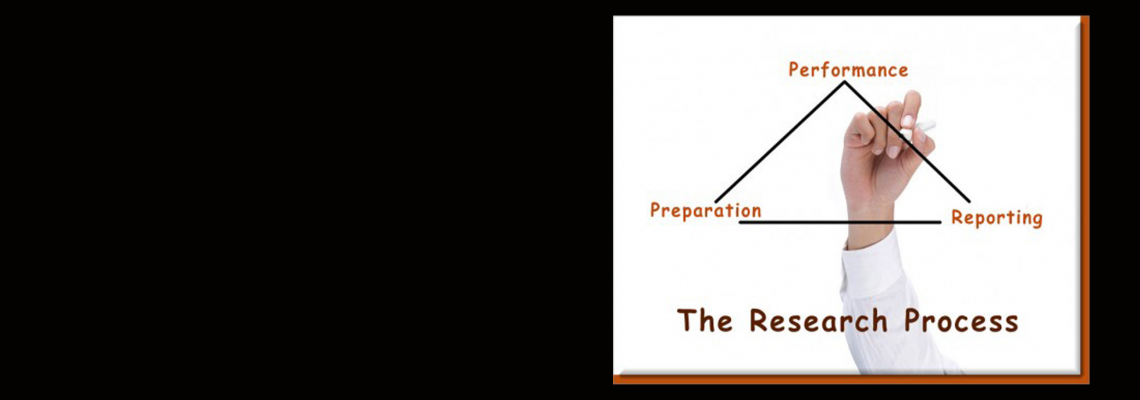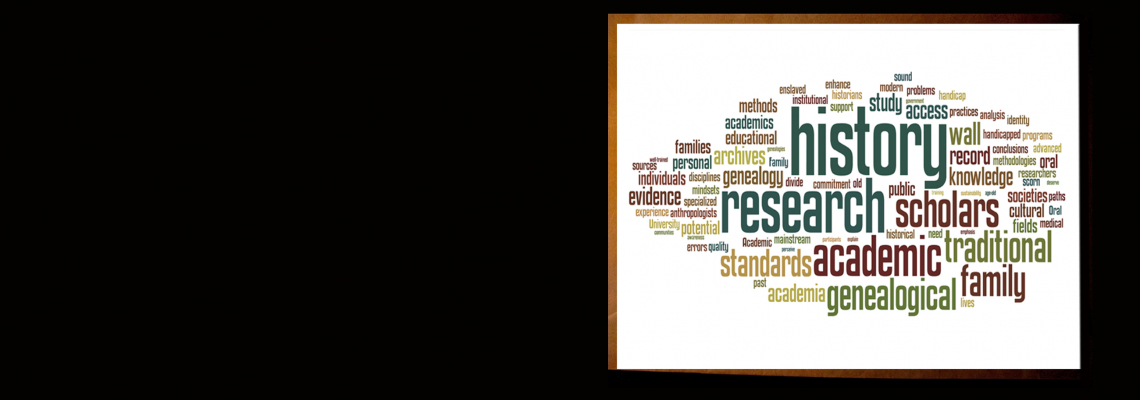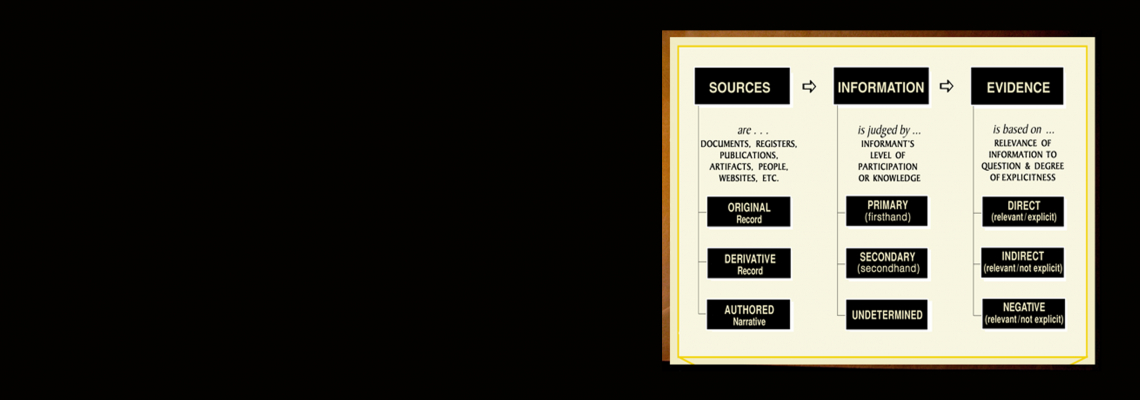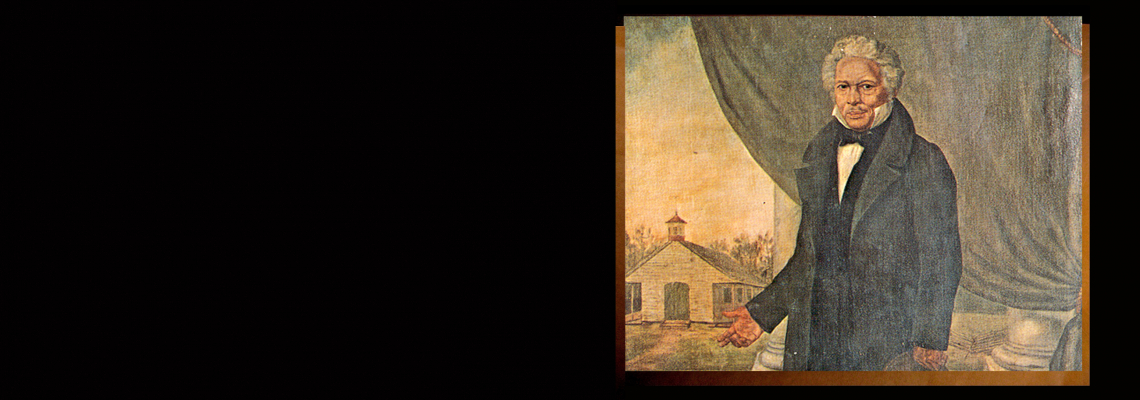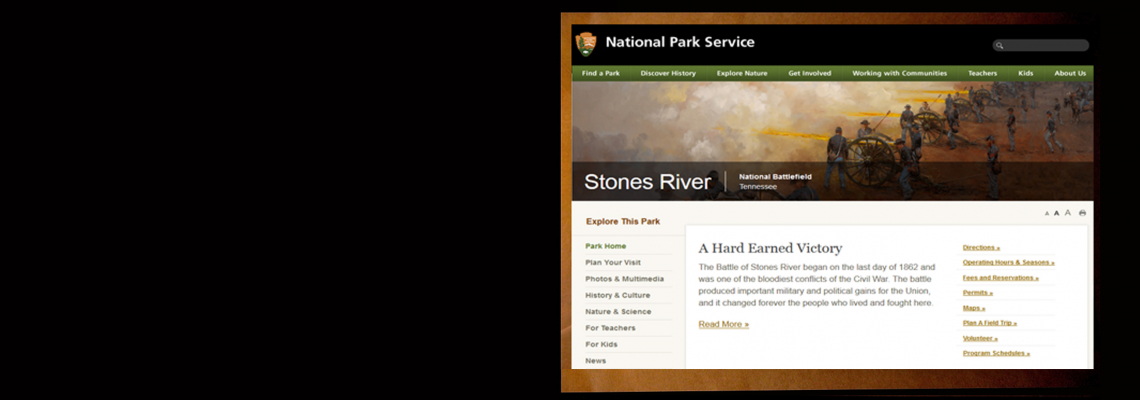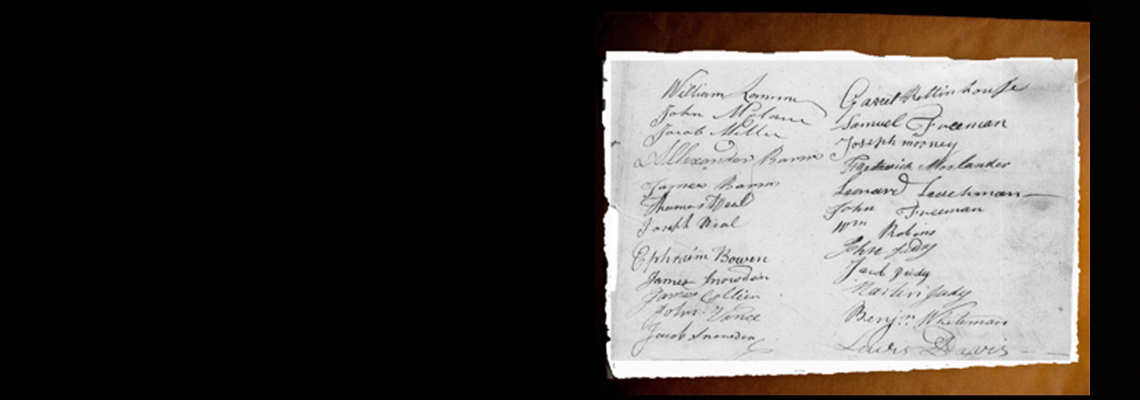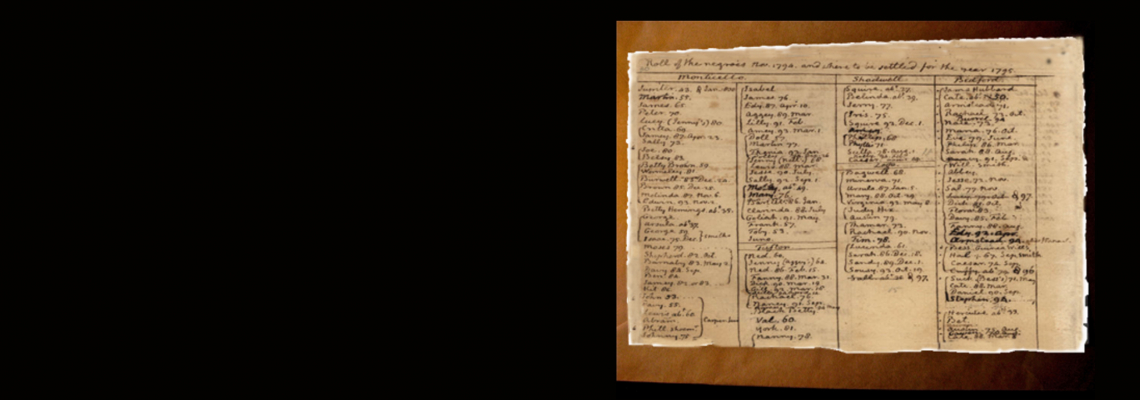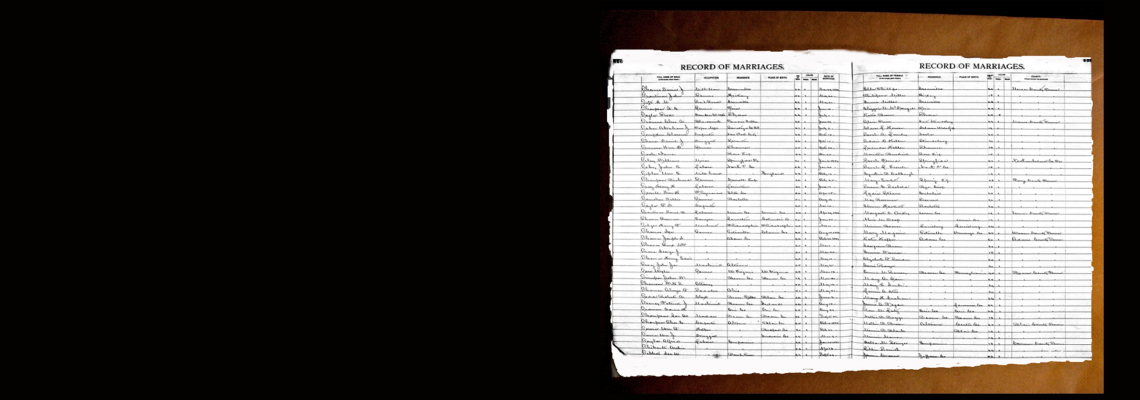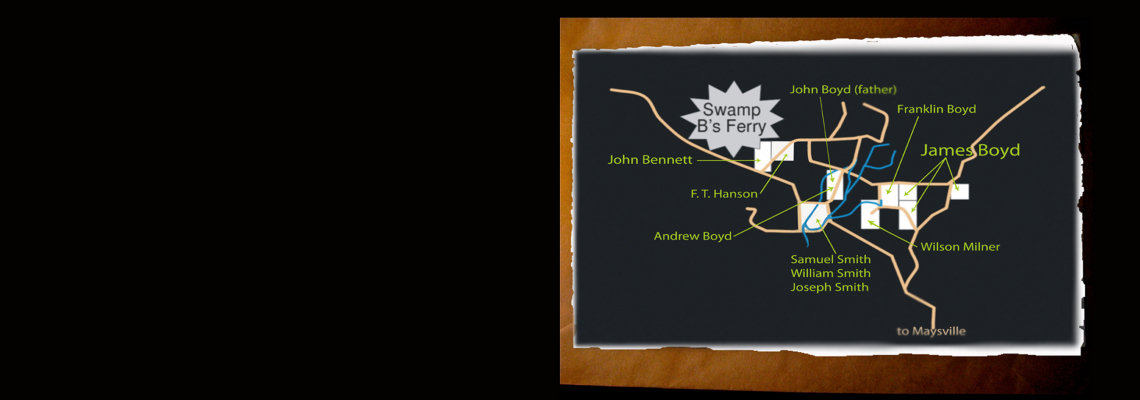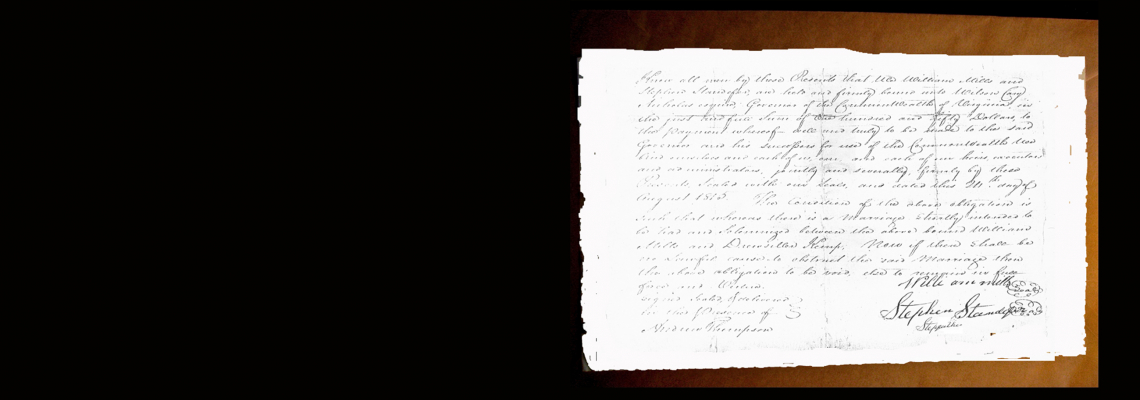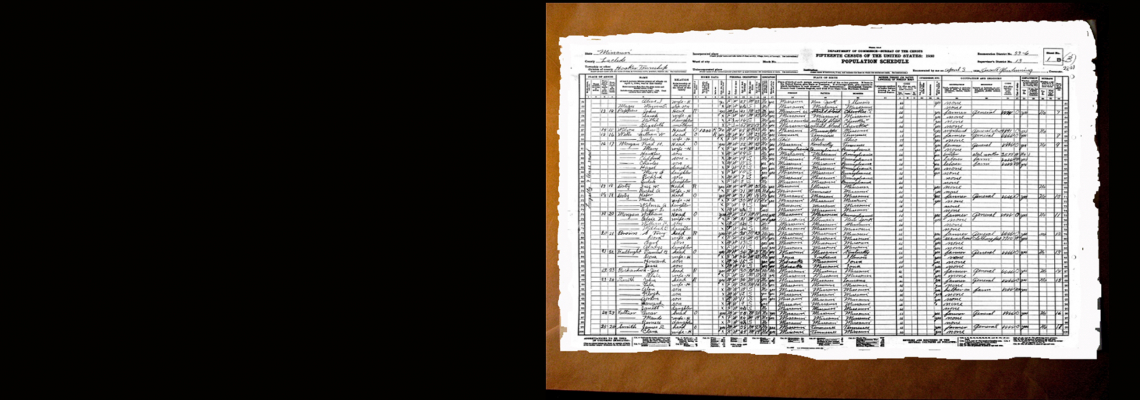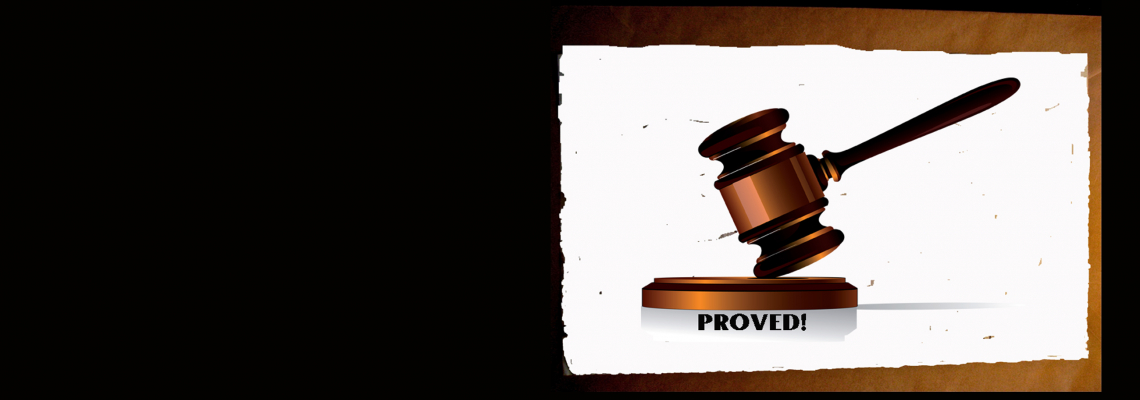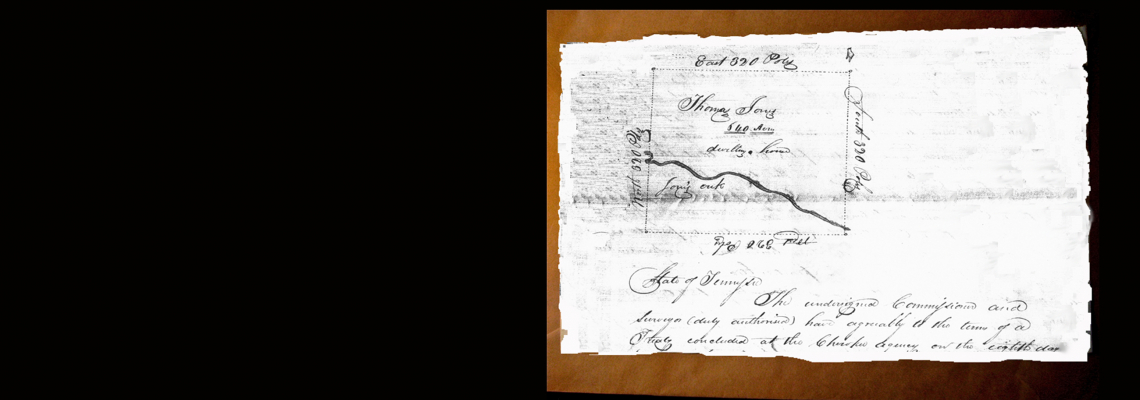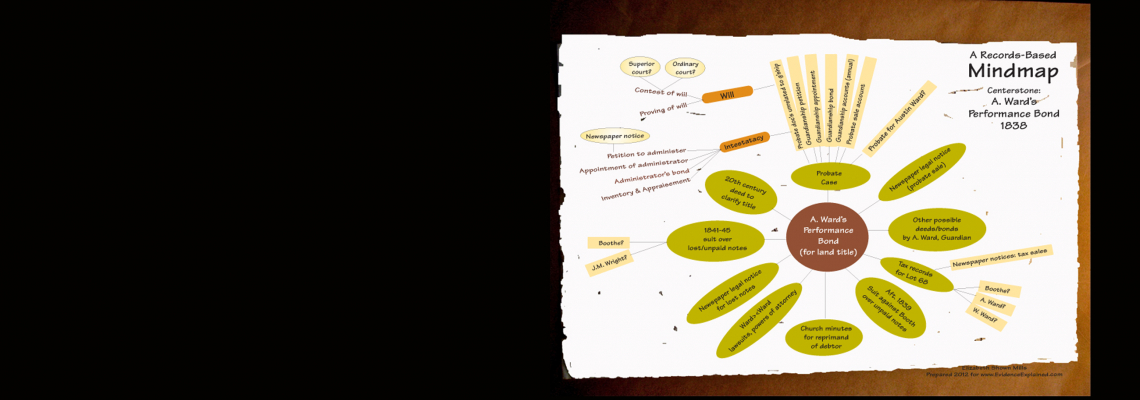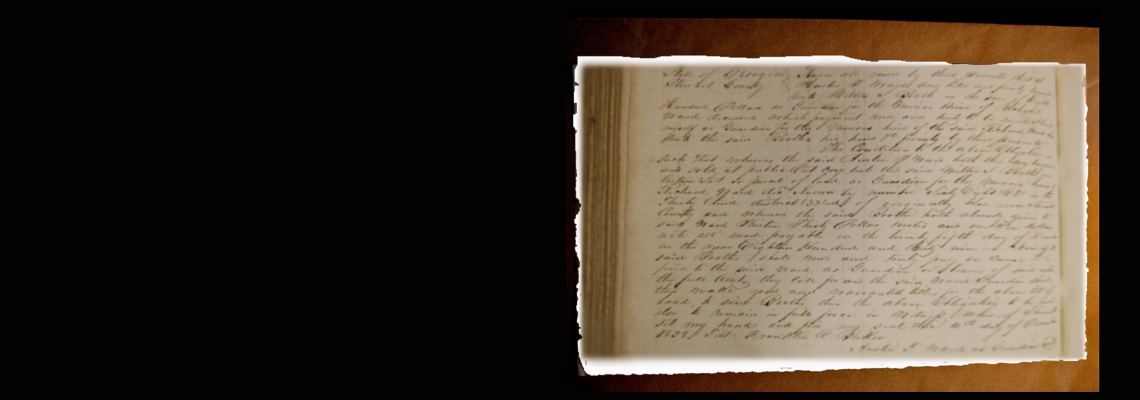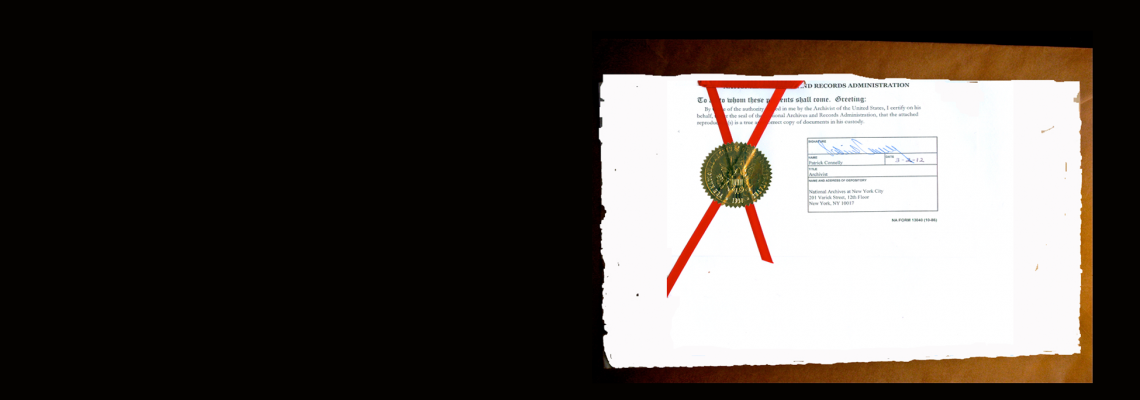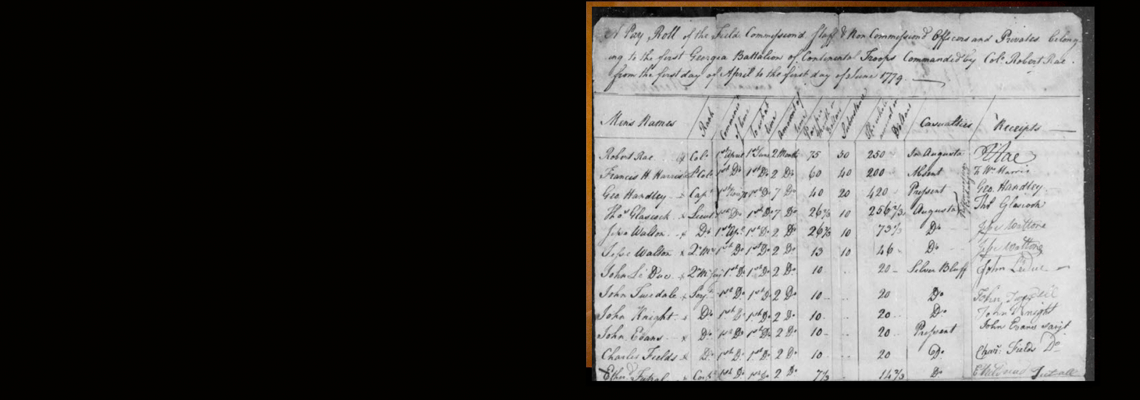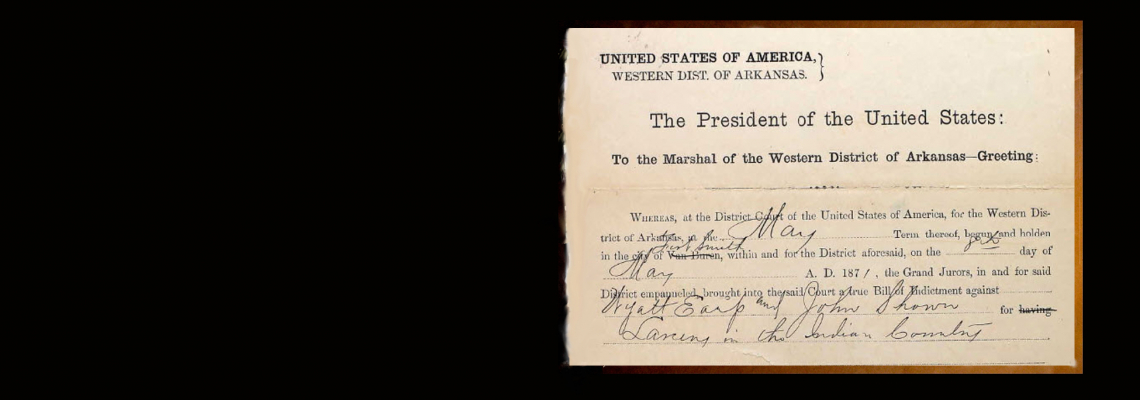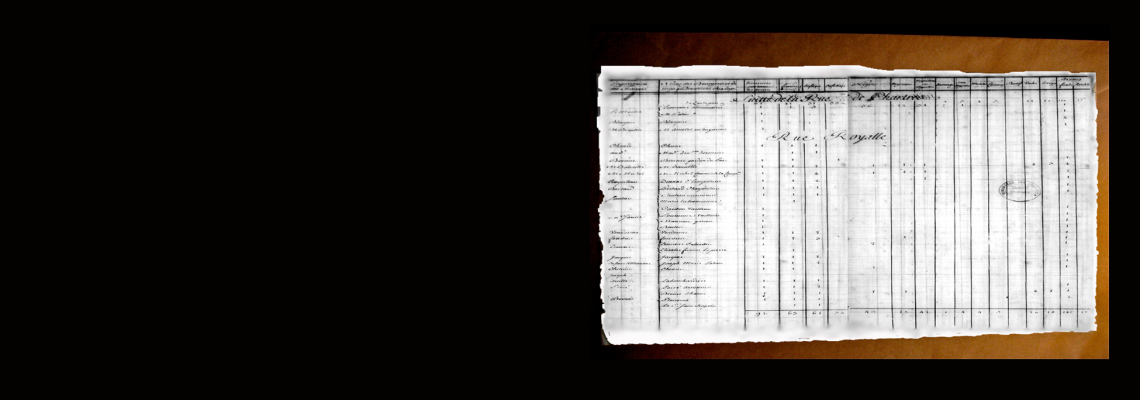A Library Journal “Best Reference”
History still waits to be discovered. In courthouses and warehouses, town halls and rectories, dusty attics and ancient trunks, old records survive in every form imaginable.
Technology delivers other treasures. Websites and DVDs offer documents and relics in many digital formats. Audio files, podcasts, and blogs stream other insights into history. Libraries house fiche and film, reprints and revisions, translations and transcripts, alongside digital access to books and journals published previously in print.
History is everywhere. But history is not just a slew of records or a set of “facts”—and all sources are not created equal.
Historical records offer evidence, but their assertions may or may not be true. To judge what likely happened, we must understand those records. To analyze that evidence and decide what to believe, we also need certain facts about those records themselves.
Students, scholars, and curious sleuths all face the same questions:
- What details must we capture for each type of source, in order to understand it and properly interpret its evidence?
- How do we evaluate a record’s credibility—especially when its information conflicts with assertions made in other sources?
- How do we identify each source—not just so it can be found again, but so we and others can judge its reliability?
Evidence Explained guides us through a maze of sources not covered by other citation manuals—all kinds of original records, accessed through various media.
More than a thousand examples for U.S. and international documents demonstrate how to handle the quirks that stump us when we use those materials. Evidence Explained is the go-to guide for everyone who explores the past.
Evidence Explained is built on one core principle: We cannot judge the reliability of any information unless we know
- exactly where the information came from; and
- the strengths and weaknesses of that source.
Beyond this, Evidence Explained differs significantly from other citation guides in several ways.
Evidence Explained vs. Traditional Citation Guides
Traditional Guides |
Evidence Explained |
|---|---|
| Primary focus on published materials; limited treatment of academic papers |
Primary focus on original records not treated in traditional guides:
|
| Emphasis on stylistic matters | Dual purpose; EE provides not only citation styles but instruction in the use and analysis of each type of historical source material |
| Citation models (varying quantities) for bibliographic, full reference note, shortened reference note, and in-text formats |
|
| Limited treatment of digital materials |
Extensive treatment of digital materials—including
|
| Very limited coverage of legal works and published government documents | Extensive discussions and models of legal publications and published government documents |
| Emphasis on output—i.e., the minimum details needed at publication to enable readers to relocate a source. | Emphasis on input—i.e., the details researchers need to capture while using a record, in order to understand (a) the nature of the source and (b) the strengths and weaknesses of the information that source provides. |
- 256704 views
